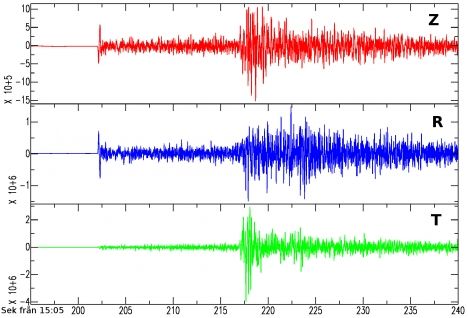An earthquake struck today just off the island of Guam.
The earthquake, which hit at about 4:30 p.m. ChST, was measured at 7.1 magnitude by the U.S. Geological Survey.
It hit about 21 miles northwest of Piti village, 22 miles northwest of Hagatna, 24 miles northwest of Tamuning-Turnon-Harmon Village, 25 miles west-northwest of Dededo Village, and 26 miles northwest of Mangilao Village.
It hit at a depth of 106.9 miles.
The Pacific Tsunami Warning Center, which is run by the National Weather Center, issued an alert right after the quake hit. "A destructive tsunami was not generated because this earthquake is located too deep inside the earth," it said.
On the other hand, the U.S. Geological Survey said that people should expect aftershocks. "These secondary shockwaves are usually less violent than the main quake but can be strong enough to do additional damage to weakened structures and can occur in the first hours, days, weeks, or even months after the quake," it said.


Comment: Nearly 3 dozen small quakes in 24 hours - Volcanic unrest at Mammoth Lakes?